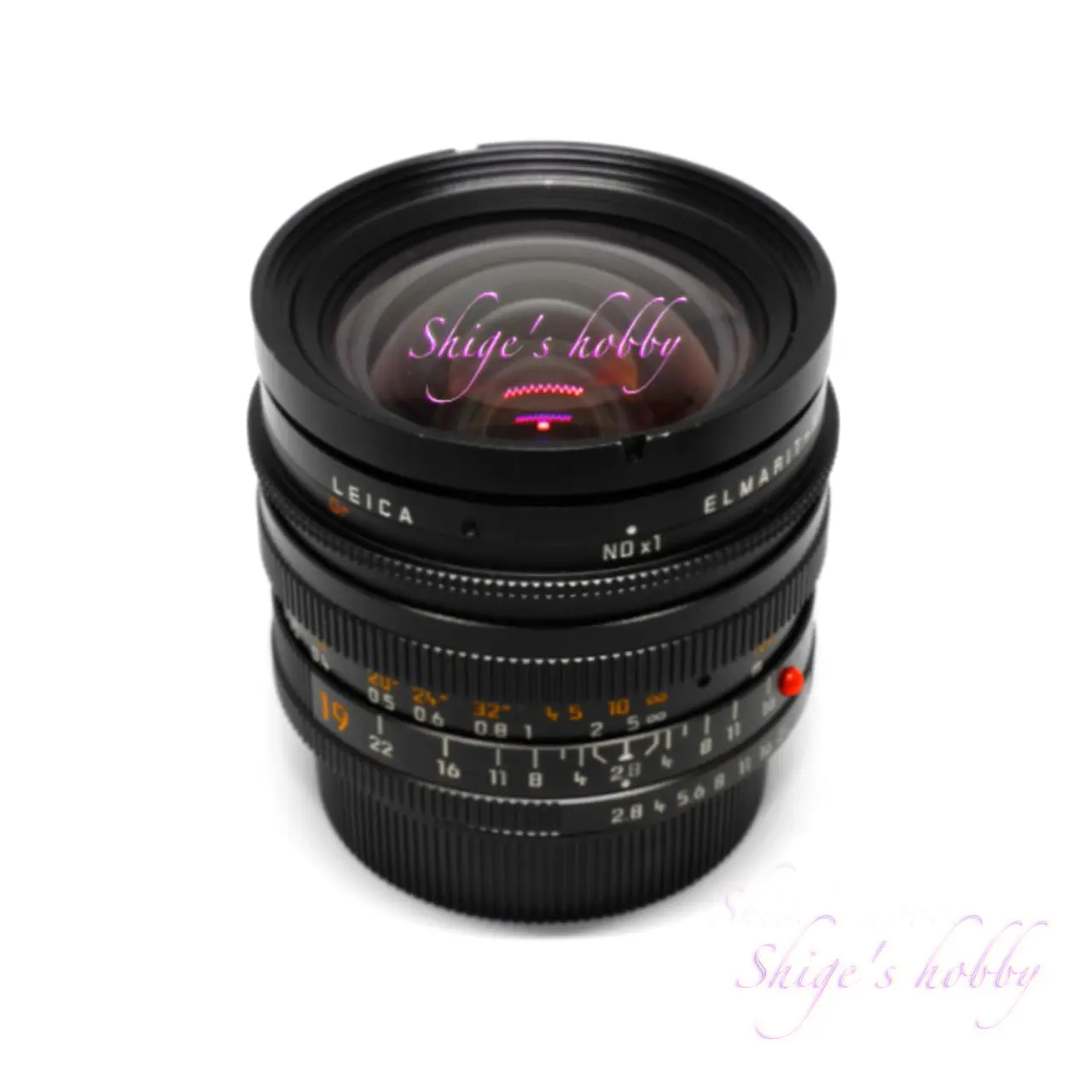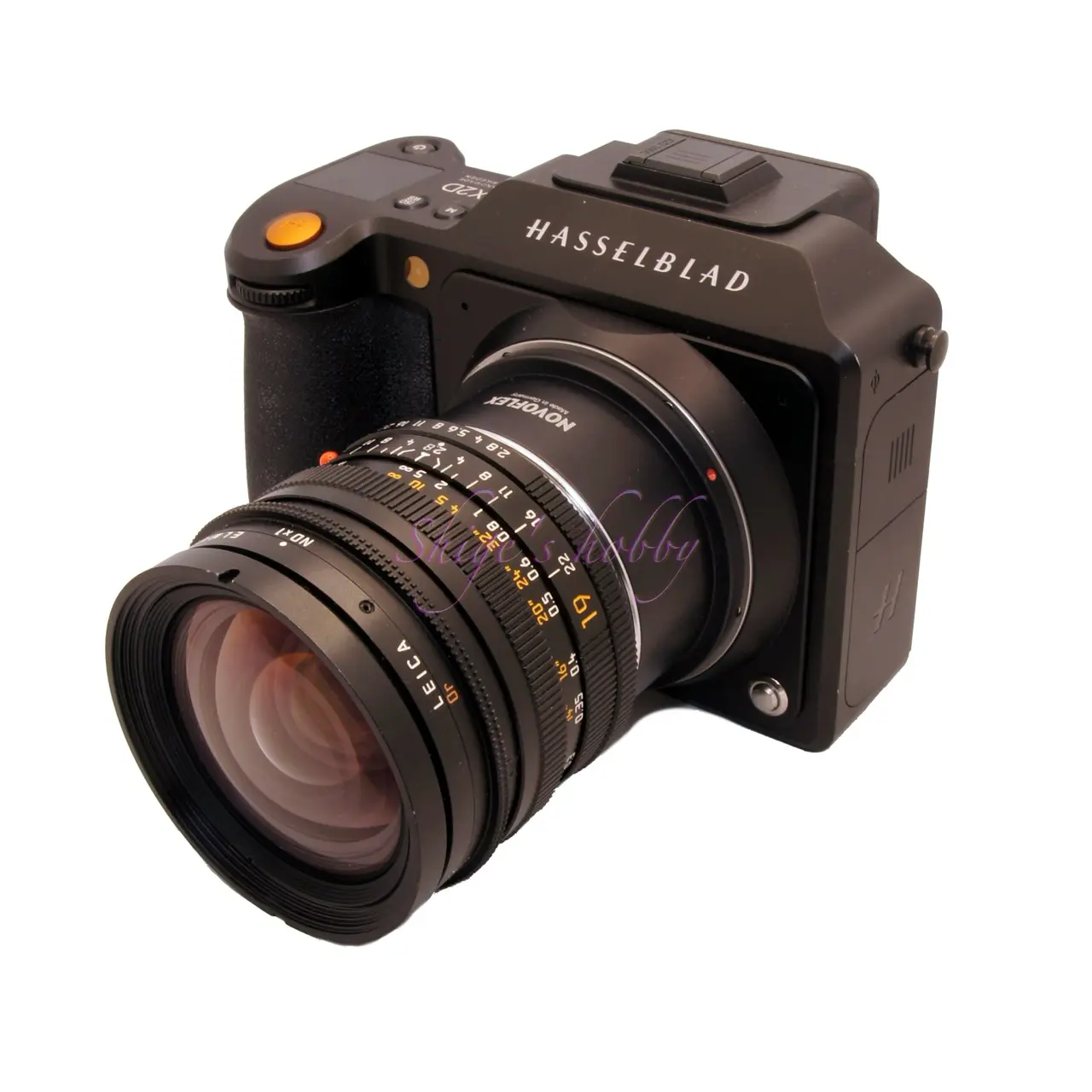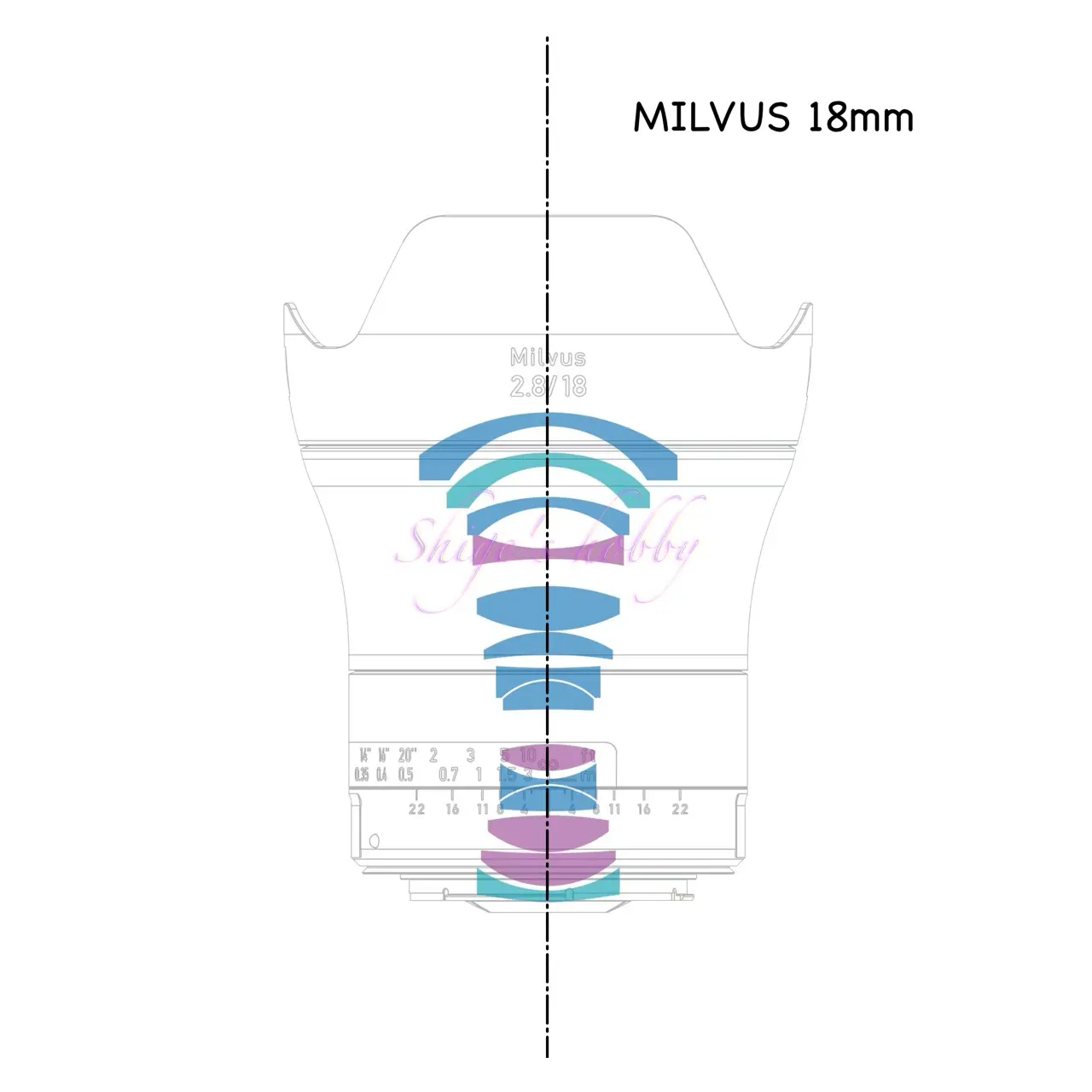A review and sample photos of the LEICA ELMARIT-R 19mm F2.8 Type 2 lens used with a film camera (LEICA R8), a digital SLR camera (CANON EOS 1Ds Mark III), and a mirrorless camera (LEICA SL Typ601).
- Please see the disclaimer regarding advertising here.
- Italicized links in the text are advertisement links that take you to other sites.
Table of contents
Gallery
The following cameras were used to take the sample photos.
- LEICA R8 +FUJIFILM 100(SLR camera + negative film)
- LEICA R8 +Lomography Lady Grey B&W 400(SLR camera + black and white negative film)
- LEICA R8 +Digital Module R(DMR)(Digital SLR camera)
- CANON EOS-1Ds Mark-III(Digital SLR camera)
- LEICA SL Typ601(mirrorless camera)
- LEICA CL(mirrorless camera)
Review


1.Overview
The Elmarit 19mm-II is a Leica R mount wide-angle lens with a focal length of 19mm.
The second generation Elmarit 19mm has a modern lens barrel and comes with a nice square hood.
The main specifications are as follows, and the details are listed in the table.
- Aperture value: 2.8
- Lens construction: 12 elements in 10 groups
- Aperture blades: 6
- Minimum shooting distance: 0.3m
- Hood: Square hood with dedicated hook
- No filters
The lens features a rotating mechanism at the front that allows you to switch between four different filters (NDx1, Or, YG, KB12).
- When used with the DMR (Digital Module R), the equivalent focal length is 19 x 1.37 = 26mm.
- When used with the LEICA CL typ7323, the equivalent focal length is 19 x 1.5 = 29mm.
2.Usage
The ELMARIT 19mm-II is a wide-angle lens with good distortion correction for a lens of its type, and there are no complaints for normal use. However, even with the lens hood attached, unusual colors may appear in backlit situations, so it’s necessary to be careful about lighting conditions. Vignetting is also noticeable in some situations when shooting at the widest aperture.
The minimum focusing distance is a typical 30cm for a wide-angle lens, allowing for close-up shots.
When using this lens with an optical viewfinder, the combination of my aging eyesight and the EOS viewfinder makes focusing difficult, a common issue with wide-angle lenses. With the Leica SL I previously used, the EVF’s magnification function allowed for accurate focus confirmation. In terms of accurate focusing, the EVF surpasses the optical viewfinder.
The new model (Type-II) shows improvements in contrast and resistance to flare compared to the older 19mm F2.8 (Type-I). However, compared to other lenses, it generally produces somewhat muted colors, so for digital camera images, adjusting the brightness slightly during post-processing will improve the overall appearance.
As mentioned earlier, filters cannot be attached, so the bayonet-type cap on the lens hood is crucial for lens protection. This cap doesn’t fit very securely, so there’s a risk of losing it. To prevent loss, it’s advisable, though somewhat unsightly, to attach a string to the cap and connect it to the camera strap.
There are no screw threads on the front of the lens, and it’s not possible to insert series filters inside the hood, so filters cannot be attached.
■Film camera LEICA R8
When using it with a Leica R8 film camera, the lens’s depth of field is deep, making it often difficult to pinpoint the focus in the viewfinder. Therefore, when there was sufficient shutter speed, I often stopped down the aperture slightly and set the distance to achieve pan-focus.
Regarding the image quality with film, the negative film I used seemed to lack a bit of resolution, and I felt that reversal film would be more suitable.
For black and white film, I used Lomography Lady Grey 400 (ISO 400), and while the graininess adds character, I feel that a more delicate ISO 100 film would be more appropriate.
■Digital SLR camera
The Digital Module R (DMR) has a 10-megapixel sensor, and because the sensor size is smaller than 35mm film, the edges of the image are cropped, resulting in improved image quality. However, the cropping effectively increases the focal length; a 19mm focal length, when multiplied by the sensor’s conversion factor of 1.37, becomes equivalent to a 26mm lens on a 35mm film camera.
Among the high-priced lenses usable with the DMR, this is the widest-angle lens after the SUPER ELMAR R 15mm and SUPER ELMARIT R 15mm. Compared to those two lenses, it has a smaller size, making it suitable for street photography and landscape shots. The resolution is excellent, and distortion is minimal, making it an easy-to-use wide-angle lens.
I used this lens with the CANON EOS series cameras: the EOS-1Ds Mark-III (35mm full-frame sensor), the EOS-1D Mark-IV (APS-H size sensor), and the EOS 7D (APS-C size sensor).
Of these, only the EOS 7D works without any problems.
With the two cameras with larger sensors, when shooting at infinity, the mirror sometimes triggers a contact sensor in the mirror box when it returns, causing the camera to produce an error (Err20) and preventing the shot from completing. In that case, after shooting at infinity, quickly moving the helicoid towards a shorter shooting distance, for example, to about 3 meters, resolves the error and allows the shot to complete. However, this is an irregular method and not recommended. Also, this behavior may not be the same for all lenses and EOS series cameras.
Furthermore, based on the lenses I have tested, similar errors occur with wide-angle lenses such as the ELMARIT-R 19mm-II, SUPER ANGULON-R 21mm F4, VARIO ELMAR-R 21-35mm, ELMARIT-R 24mm, SUMMILUX-R 35mm F1.4, and SUPER ELMARIT 15mm, which are unusable. The wide-angle lenses that can be used are the SUPER ELMAR-R 15mm and the ELMARIT-R 28mm (first and second generations).
Although there are practical drawbacks, the EOS-1D Mark IV has a 35mm film equivalent focal length of approximately 25mm when a conversion factor of 1.3x is applied, and the EOS 7D has a 35mm film equivalent focal length of approximately 30mm when a conversion factor of 1.6x is applied.
These three cameras are equipped with image sensors of approximately 16 to 20 million pixels, and because the sensor size is smaller than 35mm film, the edges of the lens are cropped, extracting only the well-rendered central part of the lens. Therefore, the effects of vignetting, which is a problem with wide-angle lenses, are almost invisible. Also, the central part of the lens is less susceptible to distortion, resulting in a well-defined image. For this reason, in terms of resolution and distortion, it is possible to obtain higher quality images compared to wide-angle zoom lenses including those around the 15mm focal length.
■Leica-SL(Typ601)& LEICA CL type(Mirrorless camera)
The Leica SL Typ601 and Leica CL Typ7323 both feature a 24-megapixel image sensor. The full-frame 35mm SL has a focal length of 19mm, while the APS-C size sensor of the CL results in an equivalent focal length of approximately 29mm when applying a 1.5x crop factor.
When using these cameras as mirrorless cameras, a major advantage is the ability to accurately determine the focus point compared to SLR cameras, thanks to the electronic viewfinder (EVF) magnification function. This is especially beneficial with wide-angle lenses, where the focus point is often difficult to discern in an SLR viewfinder.I have also used this lens with mirrorless cameras other than Leica, specifically the Sony α7Sii and Sony α NEX-7, and have experienced the same convenience of the electronic viewfinder.
In terms of image quality, both cameras perform well in the center of the image, but some distortion appears towards the edges. The Leica SL Typ601, with its larger sensor, exhibits slightly worse image quality at the edges.
Both the Leica SL Typ601 and Leica CL Typ7323 were used with the Leica R-Adapter L (16076) mount adapter. When using the Leica R-Adapter L (16076), lenses with ROM contacts transmit registered information to the camera, which is then automatically recorded as lens information in the Exif data of the captured image.

■HASSELBLAD X2D-100C
The Hasselblad X2D-100C is a mirrorless camera equipped with a medium-format digital sensor. The sensor size is larger than a 35mm film format, and the focal length conversion factor compared to 35mm film is 0.8x. If the image circle covers the medium-format digital sensor, it would be equivalent to a 15mm ultra-wide-angle lens. However, unfortunately, the image circle of the ELMARIT 19mm-II is limited to the 35mm film size and does not cover the entire range of the medium-format digital sensor.
In the image on the right below, the outermost area represents the shooting range of the medium-format digital sensor, and the edges of the image are blacked out due to insufficient image circle coverage. The area within the dotted line represents the usable image area, excluding issues such as vignetting.


3.Summary
In conclusion, to summarize the ELMARIT 19mm-II, it’s a rare Leica-designed wide-angle lens, and the newer version definitely offers better image quality than the older 19mm.
Compared to wide-angle lenses for SLR cameras from the 2000s, the lens barrel is relatively compact, but since it was made during the film camera era, when used with a digital camera, it shows some weaknesses in aberration correction compared to modern lenses.
Regarding purchasing, since it’s sometimes sold at high prices in the used market, I recommend adopting a stance of buying it only if you find one at a price that fits your budget.
Specifications, considerations, etc.
Many of Leica’s R-mount wide-angle lenses have designs commissioned from other companies. Of the two 15mm lenses, the older model was designed by Zeiss, and the newer one by Schneider. The 16mm fisheye lens is based on a Minolta design, and both 21mm lenses are designed by Schneider. However, both the first and second generations of this 19mm lens were designed by Leica.
The four types of rotating filters are similar to those used with the Super-Elmar R 15mm, Super-Elmarit R 15mm, and Fisheye-Elmarit R 16mm lenses. Color filters were used in the film camera era to perform color correction under artificial lighting and other light sources different from daylight. With digital cameras, color correction is easy, so these filters are rarely used anymore.
I compared the lens configuration with the latest wide-angle lens MILVUS 18mm F2.8 from CARL ZEISS, released in 2016.
MILVUS 18mm is a successor to DISTAGON 18mm, which passed through the DISTAGON 18mm F4 (1967) from the YASHICA/CONTAX era, CARL ZEISS’ DISTAGON 18mm F3.5 (2008), and finally MILVUS.
Carl Zeiss uses 18mm as a lens to fill the gap between focal lengths of 15mm and 21mm. In contrast, LEICA uses 19mm for the R mount of SLR cameras between 15mm and 21mm. Since it’s only a 1mm difference between wide-angle lenses, there won’t be a big difference when shooting landscapes.
Since Leica uses 18mm for the M mount, it doesn’t seem that they have any particular preference for 19mm.
The new ELMARIT R 19mm 2 model was released in 1990, so if we were to compare them chronologically, the DISTAGON 18mm F4, which is the oldest and has been in active use for the longest time, would be a good choice, but we compared it with the latest MILVUS 18mm F2.8 lens with the same maximum aperture.
The MILVUS 18mm is made up of 14 lenses in 12 groups, with 4 special glass lenses and 2 aspherical lenses, making it a luxurious design that is typical of a 2016 design. The ELMARIT R 19mm, which was released in 1990 and is already considered an old lens, is made up of 12 lenses in 10 groups, all of which are spherical lenses.
Lenses are not judged by numerical performance, but looking at the performance indicators in the PDF distributed by both companies, we can see that the latest MILVUS 18mm has numbers that exceed the ELMARIT 19mm in various performance aspects. This is a natural result given the difference in design and manufacturing years.


| Item | ELMARIT II | MILVUS |
| focal length(mm) | 19 | 18 |
| Maximum aperture | 2.8 | 2.8 |
| Minimum aperture | 22 | 22 |
| Lens configuration | 6 | 9 |
| Leaf blade | 12 elements in 10 groups | 14 elements in 12 groups |
| Minimum distance(m) | 0.3 | 0.25 |
| Lens length(mm) | 60 | 72.6(EF) |
| Lens max diameter(mm) | 71 | 90 |
| Filter type | – | 77 |
| Weight(g) | 560 | 721(EF) |
| Hood | 12546 | 2144-505 Bayonet/Petal Shape |
| Lens mount | LEICA R | CANON-EF NIKON-F |
| Release date | 1990-2005 | 2016〜 |
| Production numbers | 5,900 | ? |
 ELMARIT-R 19mm F2.8 lens Specification PDF
ELMARIT-R 19mm F2.8 lens Specification PDF Reference links
Affiliate link

Amazon Prime Sale
Update history
- 2025.11.11
- 2025.4.9
- 2024.8.20
- 2024.02.17:Update article
- 2022.02.21:First draft



Be First to Comment